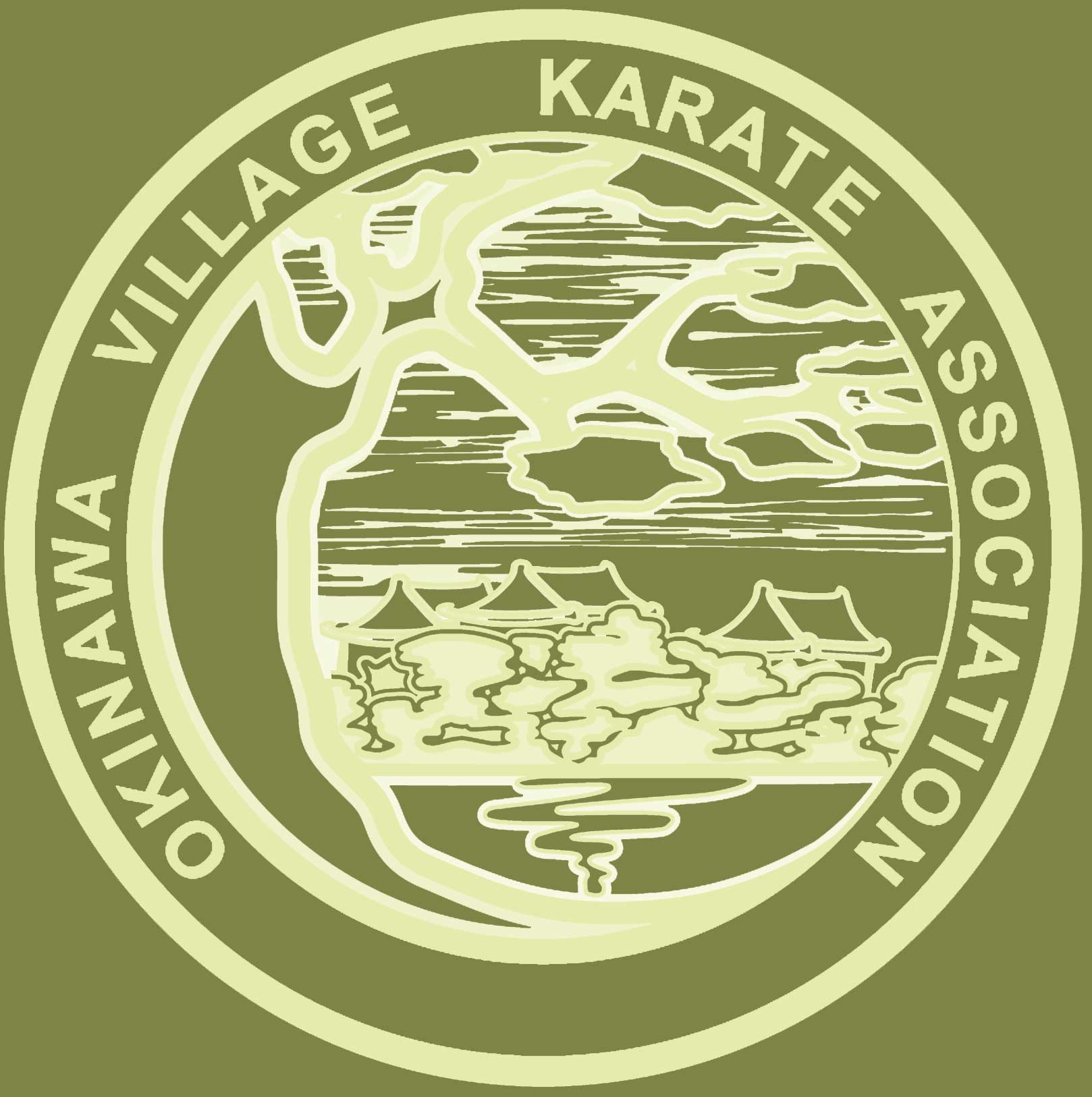Lineage of Matsumura Seito Shorin Ryu
The Okinawa Village Karate Association has a rich lineage whose teaching can be traced to the late 1700’s with the first Sensei being Sakugawa Kanga.
To all those whose progress remains hampered by ego-related distractions, let humility – the spiritual cornerstone upon which Karate rests – serve to remind one to place virtue before vice, values before vanity and principles before personalities.
Sokon ‘Bushi’ Matsumura (legendary Karate grandmaster)
Sakugawa Kanga
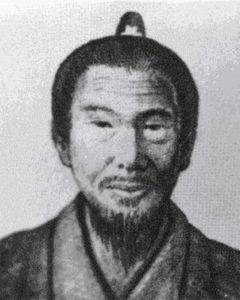
Sakugawa Kanga lived between circa 1733/1762 – 1815/1843.
He was nick named “To-tei Sakugawa” which means Karate (Crazy!?) Sakugawa.
https://ryukyu-kobudo.net/sakugawa-kanga/
He was a martial arts master and is said to be the precursor to modern karate.
To-tei gradually came to be called “karate”.
https://ryukyu-kobudo.net/sakugawa-kanga/
It is said the he bagan his training in 1750 under ryukyuan monk named Peichin Takahara. Later, he trained under a Chinese martial artist named Kusanku. Afterards, Sakugawa Kanga brought the northern styles of martial arts to Japan. The Okinawan karate master Matsumura Sōkon trained under Sakugawa Kanga. Sakugawa Kanga’s teaching lead to the development of several karate styles.
For more information read ryukyu-kobudo.net, ismskf.com and wikipedia.org.
Sokon “Bushi” Matsumura
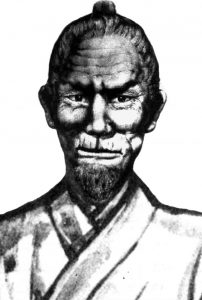
Sokon Matsumura born in Yamagawa Village, Shuri, Okinawa and lived between circa 1798/1809 – 1890/1899. At the request of Sokon Matsumura’s father Matsumura Sōfuku, Sakugawa Kanga began training Sokon Matsumura. After a few years of training with Sakugawa, Sokon Matsumura became a skilled Samurai. Sokon began serving King Shō Kō of Ryūkyū’s second Shō dynasty. He was given the title “bushi” by the Okinawan king because of his accomplishment as a skilled martial artist.
Matsumura is credited with passing on the Shōrin-ryū Kempō-karate kata known as naihanchi I & II, passai, seisan, chintō, gojūshiho, kusanku (the embodiment of kusanku’s teaching as passed on to Tode Sakugawa) and hakutsuru. The hakutsuru kata contains the elements of the Fujian White Crane system taught within the Shaolin system of Chinese kempō. Another set of kata, known as chanan in Matsumura’s time, is said to have been devised by Matsumura himself and was the basis for pinan I and II. Matsumura’s style has endured to the present day and the above mentioned kata are the core of Shōrin-ryū karate today
https://www.conestogakarate.com/sokon-matsumura
For more information see ismskf.com, wikipedia.org, and conestogakarate.com.
Nabe Matsumura
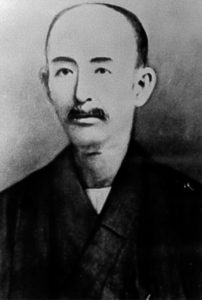
Nabe Matsumura lived between 1860 – 1930. Nabe was the grandson of Sokon “Bushi” Matsumura. He taught the family’s secret White Crane System of karate to only one student, Hohan Sōken.
Matsumura Nabe was the successor of Matsumura Sokon’s family style, Uchinan Sui-de better known as Shuri-Te. Before his death, Matsumura Nabe gave his menkyo kaiden1 to Soken-san, making him the third-generation inheritor of his great-grandfather’s style.
http://www.whitecraneeducation.com/academics/martialarts/index.php?id=021
For more information see ismskf.com, wikipedia.org, and whitecraneeducation.com.
Hohan Soken
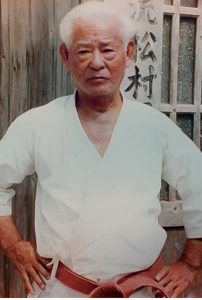
Hohan Soken was born in Okinawa. He lived from 1889 – 1982. He was the nephew of of Nabe Matsumura.
Much of the organized instruction of Kobudo found today originated from Master Soken’s efforts.
https://ismskf.com/master-soken/
Hohan Soken taught advanced techniques in bot Karate and Kobuto until he retired in 1978.
Master Soken’s Karate Kata were Hakutsura, Naihanchi Sho Dan, Naihanchi Ni Dan, Chinto, Pinan Sho Dan, Pinan Ni Dan, Gojushiho, Kusanku, Seisan, Rohai Sho, Rohai Ni, Rohai San. Master Soken introduced the Pinan Kata into the Matsumura Karate-do.
https://ismskf.com/master-soken/
For more information see ismskf.com, wikipedia.org, and worldbudokan.com.
Yuichi Kuda
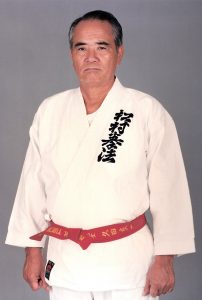
Yuichi Kuda was born on in Chinen village Okinawa and lived from 1928 – 1999. Master Kuda studied Okinawan Kenpo under Shigeru Nakamura until Nakamuras death in 1970. Afterwards, Master Kuda began studying Matsumura Seito Shorin Ryu under Grand Master Hohan Soken.
He has created a series of five kata called Niseide, which emphasized many kicking techniques including a spinning back kick. Master Kuda also created Kuda No Bo Shodan/Nidan, Kuda Kama Nidan, Kuda Sai Sho, and Kuda Tonfa Sho, just to name a few.
https://www.geocities.ws/karatejmh/Yuichikuda.htm
Master Kuda developed kobudo kata such as the Nitan bo kata that uses two short sticks.
For more information see worldbudokan.com, sites.google.com, geocities.ws.
Kosei Nishihira
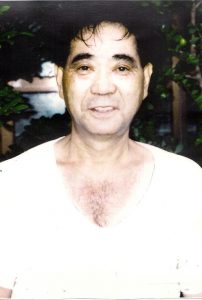
Kosei Nishihira was born in southern Okinawa and lived from 1942 – 2007. He was trained by Master Hohan Soken and strictly studied the “orthodox” Shōrinryū Matsumura Seitō Karate style.
Thanks to his humble and reserved behaviour, he was faithful to his Master’s desire not to openly promote his style but rather to only hand the style down to the worthiest of students. His commitment to this paradigm was such that his neighbours were not aware he was a world-renowned karateka.
https://en.wikipedia.org/wiki/Kosei_Nishihira
Kosei Nishihira only trained a handful of students.
For more information see ikigaiway.com and wikipedia.org.
Phillip Koeppel
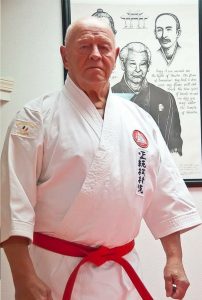
Phillip Koeppel was born in Peoria Illinois and lived from 1938 – 2022. Phillip Koeppel began his karate training in Yokohama Japan during the Korean war in 1956.
Mr. Koeppel wrote the five Niko Budo forms which are still practiced today
https://www.kondonoshokai.com/parkside/koeppel.html
After Koeppels military career was over, he continued his training with Robert Trias.
Later, Mr. Koeppel studied with another of Hohan Soken’s senior students, Yuichi Kuda. He was eventually promoted to 8th Dan, Matsumura Seito Shorin-ryu by Yuichi Kuda, Hanshi.
https://www.kondonoshokai.com/parkside/koeppel.html
Koeppel joined the USKA until he left the association in 1981.
During the 1997 Okinawa World Karate Championships Mr. Koeppel traveled to Nishihara Village, Okinawa to meet and train with Mr. Nishihira. In 1984 Master Koeppel founded the United States Karate Do Kai.
https://www.kondonoshokai.com/parkside/koeppel.html
For more information see wikipedia.org, pjstar.com, kondonoshokai.com.
